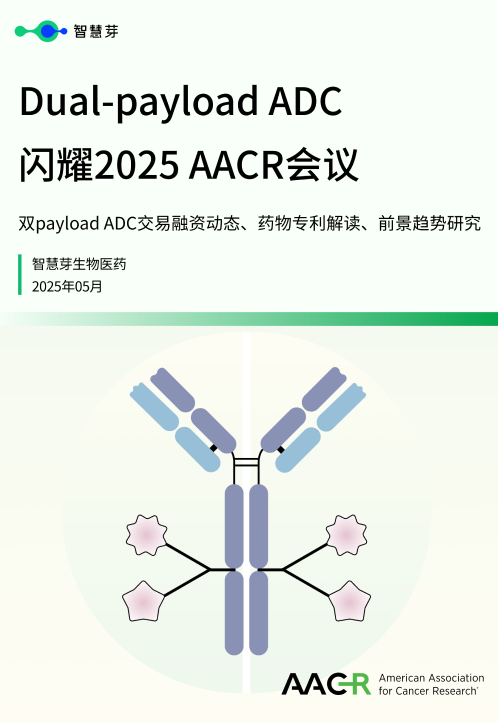预约演示
AstraZeneca Expands Tagrisso’s NSCLC Label, FDA Allows Use with Chemo
2024-02-19
临床结果上市批准优先审批临床3期
Pictured: AstraZeneca's office in California/iStock, hapabapa
The FDA on Friday approved the use of AstraZeneca’s Tagrisso (osimertinib) in combination with chemotherapy to treat advanced non-small cell lung cancer patients harboring EGFR mutations.
The regulatory win reinforces Tagrisso “as the backbone of EGFR-mutated lung cancer treatment either as a monotherapy or in combination with chemotherapy,” Dave Fredrickson, executive vice president of AstraZeneca’s oncology business unit, said in a statement, adding that the approval also provides an important treatment option “for those with a poorer prognosis, including patients whose cancer has spread to the brain and those with L858R mutations.”
Tagrisso’s other non-small cell lung cancer (NSCLC) indications include first-line use in metastatic disease, its use as an adjuvant therapy after resection and in metastatic NSCLC that has progressed after EGFR tyrosine kinase inhibitor (TKI)EGFR tyrosine kinase inhibitor (TKI) treatment.
Friday’s approval is based on the results of the Phase III FLAURA 2 study, which demonstrated that Tagrisso plus chemotherapy could prolong progression-free survival (PFS) by around nine months relative to Tagrisso alone. Investigator assessments showed that patients who received the combination regimen had a median PFS of 25.5 months versus 16.7 months for those patients who received the EGFR-TKI alone.
A blinded independent central review corroborated these findings, demonstrating a 29.4-month median PFS in the Tagrisso plus chemotherapy group, compared to 19.9 months in monotherapy counterparts.
Fredrickson in a statement called these data “a new benchmark” and “the longest reported progression-free survival benefit in the first-line advanced setting.” AstraZeneca published FLAURA 2’s results in The New England Journal of Medicine in November 2023.
Beyond PFS, FLAURA 2 also evaluated overall survival (OS) outcomes for Tagrisso with chemotherapy. While data for this endpoint were immature at the time of the second interim analysis, AstraZeneca detected “no trend towards a detriment.” FLAURA 2 is ongoing to assess OS as a key secondary endpoint.
In terms of safety, adverse events were generally manageable and consistent with what had been previously established for Tagrisso and the individual chemotherapy drugs. However, patients treated with the combo regimen saw a higher rate of side effects, though AstraZeneca said that this was “driven by well-characterized chemotherapy-related” adverse events. Dropouts were low in both arms.
Tagrisso’s FDA approval on Friday continues AstraZeneca’s regulatory rally. In January 2024, the pharma secured the regulator’s Priority Review designation for its supplemental Biologics License Application, seeking to extend the indication of its Daiichi Sankyo-partnered Enhertu (fam-trastuzumab deruxtecan-nxki).
In December 2023, AstraZeneca and partner Ionis Pharmaceuticals won approval for their antisense therapeutic Wainua (eplontersen) for polyneuropathy in hereditary transthyretin-mediated amyloidosishereditary transthyretin-mediated amyloidosis.
Tristan Manalac is an independent science writer based in Metro Manila, Philippines. Reach out to him on LinkedIn or email him at tristan@tristanmanalac.com or tristan.manalac@biospace.com.
更多内容,请访问原始网站
文中所述内容并不反映新药情报库及其所属公司任何意见及观点,如有版权侵扰或错误之处,请及时联系我们,我们会在24小时内配合处理。
靶点
Eureka LS:
全新生物医药AI Agent 覆盖科研全链路,让突破性发现快人一步
立即开始免费试用!
智慧芽新药情报库是智慧芽专为生命科学人士构建的基于AI的创新药情报平台,助您全方位提升您的研发与决策效率。
立即开始数据试用!
智慧芽新药库数据也通过智慧芽数据服务平台,以API或者数据包形式对外开放,助您更加充分利用智慧芽新药情报信息。





